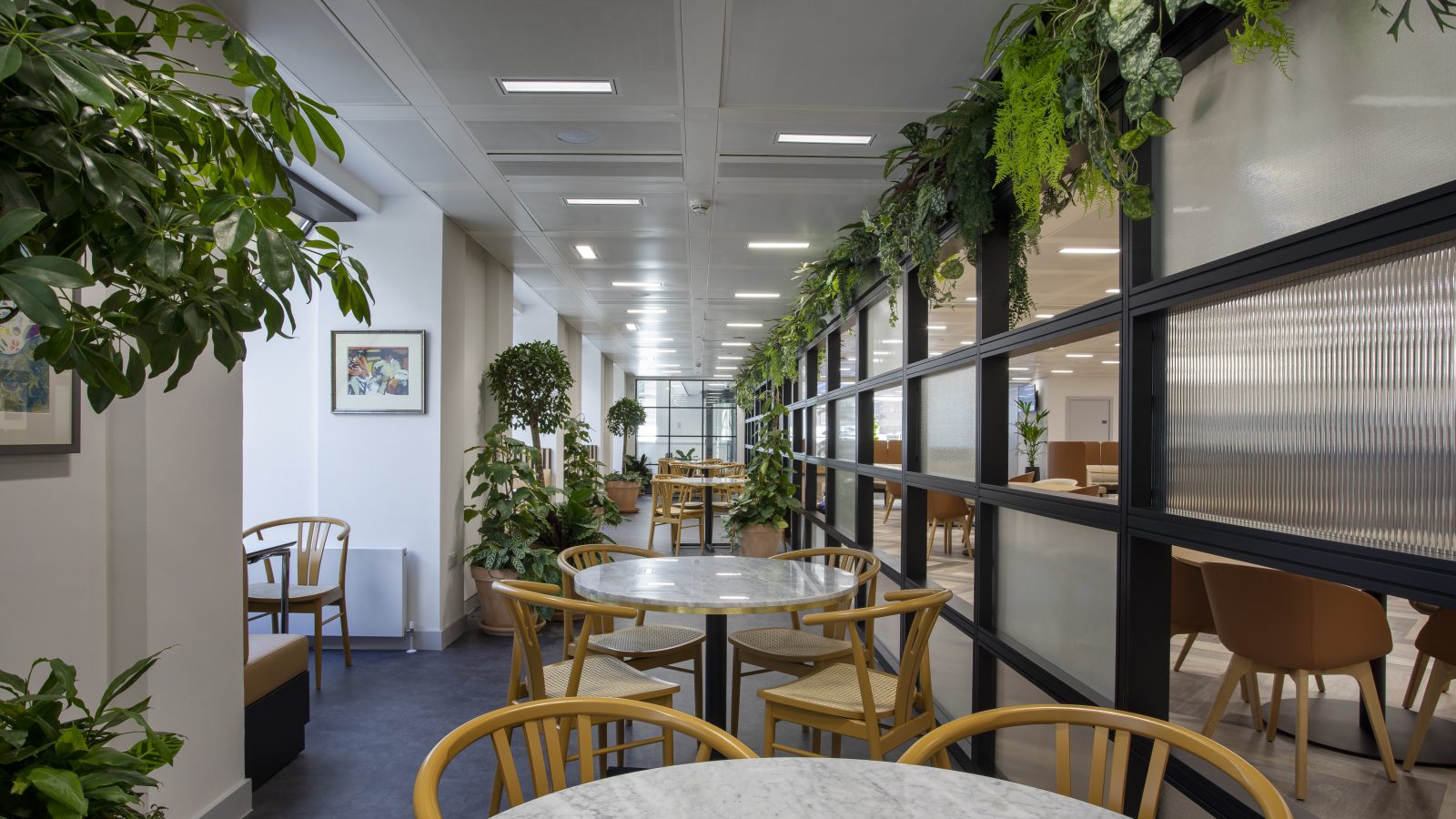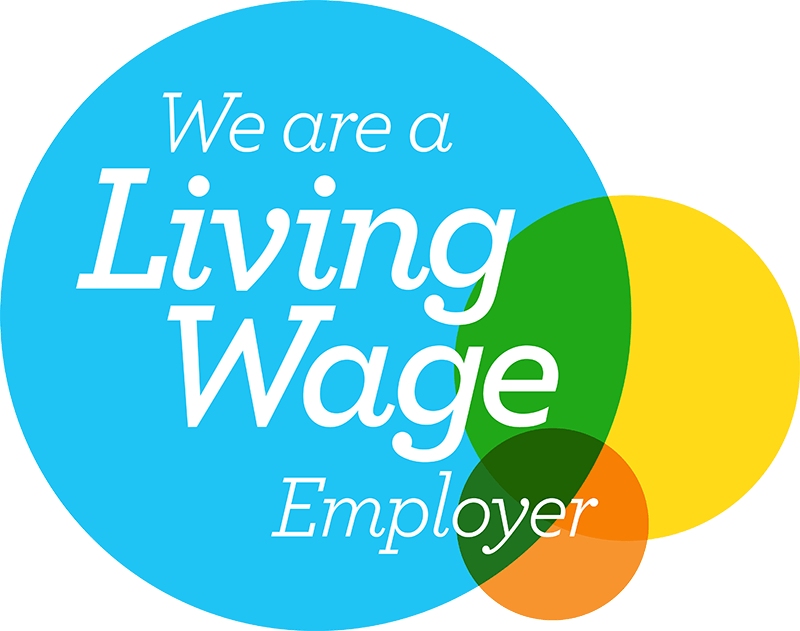
The term ‘biophilic design’ is becoming increasingly popular in world of offices… For many it may bring to mind a few potted plants scattered around the office, but it is so much more than that!
Let's talk about what it really means...
What is biophilic design? So much more than just adding a plant to your desk!
To understand biophilic design, as a concept and in practice, let’s first take a look at where the term comes from…
“Bio-” Coming from the word Biology, meaning relating to living organisms, creatures and plants.
“-philia” Coming from the Greek word ‘philos’ which literally translates to ‘beloved’.
Bio-Philia literally means to love nature.
Although the true meaning of biophilia is to love nature, it has evolved to mean something more complicated. Edward Wilson (1984) referred to biophilia as “the urge to affiliate with other forms of life”, essentially meaning the internal and innate desire for people to connect with the natural world
One explanation as to why humans have a natural inclination to surround themselves with nature can be linked back to Psychology. More specifically, Evolutionary Psychology uses ‘biophilic hypotheses’ to explain why we feel such a strong connection to nature. Looking back over thousands of years of human evolution, its clear that we evolved to live in an environment that was mainly outdoors, if not very closely associated with nature, plants, animals, and other environmental factors such as the weather and the seasons.

As shown in the graph above, although it may feel like humans have been indoors for a long time, it is short when we compare it to the rest of evolution. Only recently in our history have humans moved towards an urbanised lifestyle. The reason we continue to seek out these natural environments is explained by the fact that this is what we evolved to survive in and compliments our minds and bodies best.
Why is Biophilic Design important?
Nowadays we spend a lot of time indoors, away from nature. Studies show that us Brits spend around 90% of our time inside, and 80% of UK office workers spend less than 1 hour a day outside. If we take our understandings of evolutionary psychology into consideration, it is clear that we are not designed to sit in bland and uninspiring building for 90% of our lives! If we assume the average full time office worker is in the office for most of their day, that is already nearly a third of your working week spent inside a building with potentially no access to any nature. By incorporating biophilic design principles into our internal surroundings, we can begin to reconnect with nature and reap its rewards.
Various studies have shown the benefits of incorporating biophilic design into a variety of settings. It has been proven to have benefits in hospitals, schools and in domestic settings such as apartment complexes. In working environments such as offices, the incorporation of biophilic design has been shown to increase creativity and productivity, alongside relieving stress and overall wellbeing.
It is clear that biophilic design and its application has its benefits, but how do we apply it to our offices? In 2015, Stephen Kellert and Elizabeth Calabrese simplified the principles of Biophilic Design into 3 key pillars; Direct experience of nature, Indirect experience of nature, and Experience of space and place. In our upcoming biophilic design blog series, we will take a deep dive into each of these pillars.
In the meantime, if you want to see how biophilic design can help shape your space check out ‘Our Work’
Related thinking
OFFICE INTERIOR
DESIGN & BUILD
From Workplace Consultancy through design, to the build and beyond. Whether you use all or part of our capabilities, you’ll find we’re a safe pair of hands.
Workplace Consultancy
Helping you achieve the optimal combination of people, space and technology, enabling your organisation to realise its maximum potential in a FutureFlexible way.
Design & Build
Claremont’s comprehensive in-house capability takes care of it all, it’s an end-to-end solution that mitigates risk, accelerates timescales and controls costs.
Workplace Furniture
We believe furniture has a huge impact on the people using it. We aren't limited to a specific range of suppliers, so finding exactly the right products for you or even designing you something unique is at the heart of our approach.
Workplace Technology
Just the right tech fully integrated with your space gives you that all-important agile and collaborative environment.
